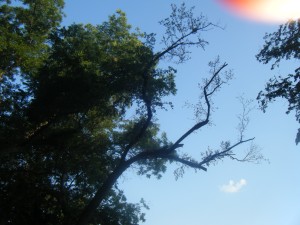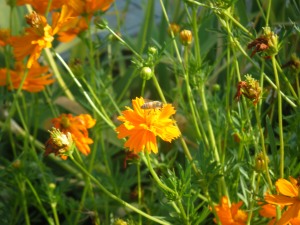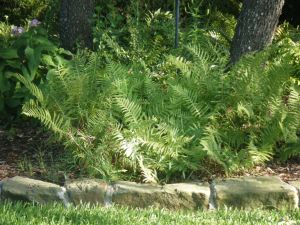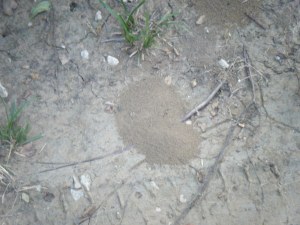
Autotroph: Autotrophs are organisms that can produce their own food. Among these organisms are green plants, algae, flowers and trees (as shown in the example above).

- Exoskeleton: An exoskeleton is the exterior covering of an organism which typically acts as a shell. Organisms that have exoskeletons such as the scorpion have muscles that move around inside the exoskeleton compared to endoskeletons. Most exoskeleton organisms such as the scorpion also characteristically lack a backbone.

Pollinator: Pollinators are responsible for the transfer of pollen between homogeneous and heterogeneous flowers. This action is made possible when (for example in the picture) the bee picks up pollen on its legs as it is feeding off the flower and then caries the pollen to the other flowers thus pollinating the plant. Pollinators hold the most vital and final role in the pollination process.


Jul 18, 2011 @ 14:26:54
VERY nice!!!! You are doing a great job with the photos AND the descriptions. Looks like you are working hard. I appreciate it!! 🙂